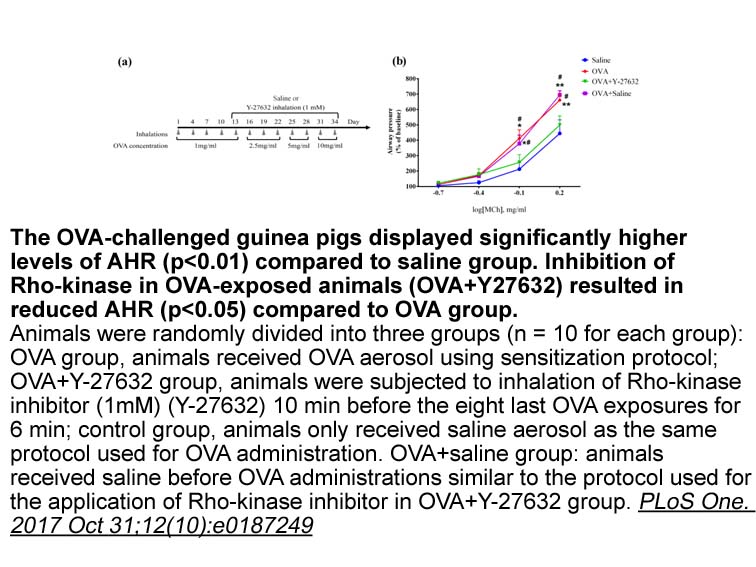Archives
Structure similarity searches were conducted using the stand
Structure similarity searches were conducted using the standalone version of the DALI program with the query structures scanned against a local current version of the PDB that has all chains as separate entries (Holm and Sander, 1995). The structural hits for each query were collected, even if the DALI Z-score for the match was less than 2.0 and then parsed for topological congruence to the E2 structural template (Fig. 2) using a custom PERL script. To assess topological congruence, coordinates of the matching regions detected by DALI searches using known E2 domains as queries were extracted and analyzed for secondary structure using the DSSP program (Kabsch and Sander, 1983). These secondary structure elements were then represented as a string (corresponding to a row in table 1) along with the polarity of the secondary structure sphingosine determined from the DALI match to the query structure. These strings were then matched with the equivalent secondary structure pattern strings constructed of bona fide E2 domains. If a complete match was obtained these structures were tagged as congruent, while those which were not were ranked in descending order of elements that did not match. This discrimination of the potential candidates was further confirmed by visual examination of each structure. Structural multiple alignments were carried out using the MUSTANG program (Konagurthu et al., 2006). The interacting residues in various members of the E2 fold were deduced using a PERL scripts from the TASS package (V. Anantharaman, S. Balaji and LA, unpublished). The scripts encode interacting distance cut-off values of 5.0 and 3.5Å between appropriate atoms in 3-D for deducing the hydrophobic and polar interactions respectively. These inferred interactions were confirmed via manually examination using Swiss-PDB viewer (Guex and Peitsch, 1997).
Preliminary clustering of the E2 superfamily was performed using the BLASTCLUST program (ftp://ftp.ncbi.nih.gov/blast/documents/blastclust.html) with a range of BLAST bit score density cutoffs (1–0.4) and length ratios for the alignments (0.8–0.6) in order to establish the core of potential families. These were further extended using reciprocal BLAST hits. The phyletic profiles of individual families were determined using scripts of the TASS package that query into the NCBI taxonomy database. Higher order relationship between families was inferred using shared conserved motifs in structure (when available) and sequence. Phylogenetic analysis within families was carried out using a variety of methods including maximum-likelihood, neighbor-joining, and minimum evolution (least squares) methods with the MEGA, PHYLIP and MOLPHY packages (Adachi and Hasegawa, 1992, Felsenstein, 1996, Kumar et al., 2004). All large-scale sequence and structure analysis procedures were carried out with the TASS software package, a successor to the SEALS package (Walker and Koonin, 1997).
Acknowledgments
The authors gratefully acknowledge the Intramural research program of the National Library Of Medicine, Nationa l Institutes of Health, USA for funding their research. Comprehensive supplementary material is also available at: http://www.ncbi.nlm.nih.gov/CBBresearch/Lakshmin/E2/.
l Institutes of Health, USA for funding their research. Comprehensive supplementary material is also available at: http://www.ncbi.nlm.nih.gov/CBBresearch/Lakshmin/E2/.